
Introduction to wisdom teeth
The wisdom teeth are the third molars and they are located at the back of the mouth.
Often problems occur with wisdom teeth when they get stuck between the bone and the gum inside the mouth. In some cases, this might not cause any problems for people, but other might experience pain and a great deal of discomfort from this.
In order to avoid any potential problems, many dentists will extract the wisdom teeth just in case, even if there are no signs of problems.
Often, if a dentist sees wisdom teeth in teens or children that look as if they will become impacted some day they might remove them immediately.
Even if the wisdom teeth are growing straight and there are no problems, the dentist could still pull them in order to make sure that there will be no crowding occurring between the wisdom teeth and the other teeth.
It is estimated that dentists remove over two million wisdom teeth from patients each year in America alone.
However, it is important to remember that removing these teeth is a pretty complex procedure and does not involve simply yanking them out. In order to remove the wisdom teeth, the dentist must cut into the gum or bone, which will cause discomfort for a number of days after the procedure, and could even lead to serious complications such as infections and sometimes even permanent damage that will lead to lip or tongue numbness.
Wisdom teeth are usually completely visible by the age of 21, and people usually develop them in between the age of 17 and 21. Potential problems
Sometimes, when people feel some pain being caused by the way the wisdom teeth are growing they can stop the pain with warm compresses.
However, if the pain is not going away, then there will have to be a medical intervention, usually.
There are common symptoms that usually point to the fact that the wisdom teeth will need to be extracted.
One of the most obvious symptoms is a feeling that the tooth is pushing the gums. Other symptoms include swelling of the cheeks, tooth decay, bleeding gums, and pain and irritation when brushing the teeth.
Sometimes people can develop serious infections because of the way the wisdom teeth are pushing into the bone or gum.
If any of these symptoms are experienced, it is best to see a dentist, who will then probably x-ray the mouth and take a look at how the wisdom teeth are growing and whether they need to be removed.


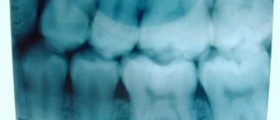

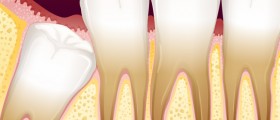


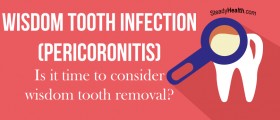


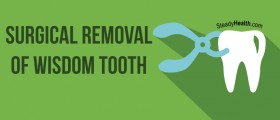
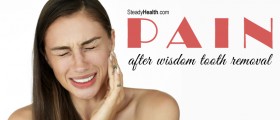
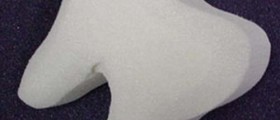
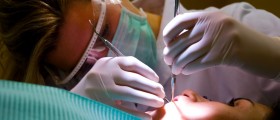

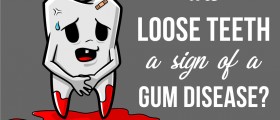

Your thoughts on this
Loading...